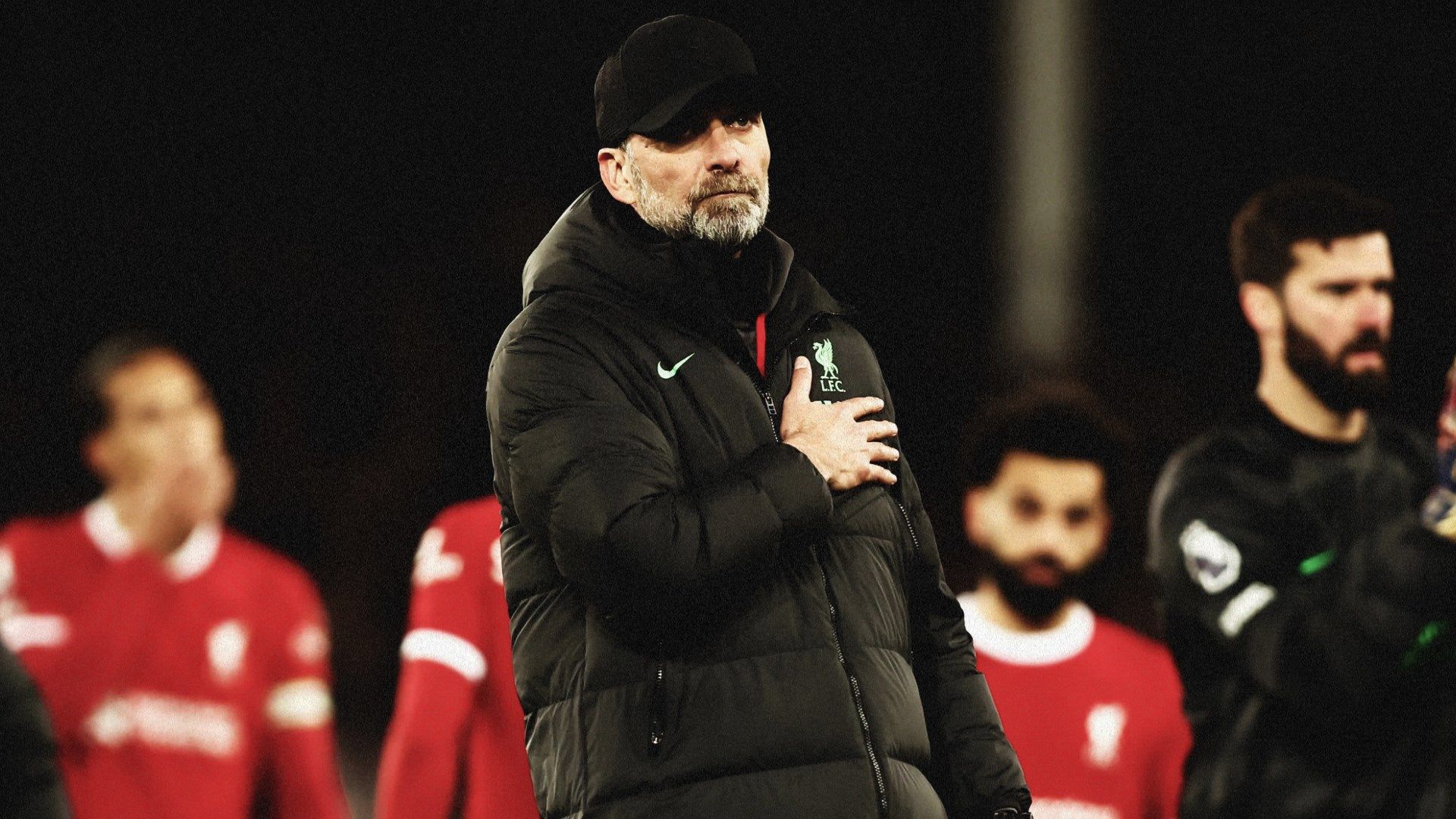Kenya came from behind twice to beat neighbours Tanzania 3-2 in their Group C clash at the Africa Cup of Nations (Afcon) on Thursday night. The victory in the match dubbed the East Africa Derby boosts Kenya's chances of progressing to the knockout phase of the competition but means Tanzania will go home after their final Group C match against Algeria.
TEAM NEWS
After their disappointing performance in losing 2-0 to Algeria in the opening game, Kenya made three changes to the starting XI. In defence, Joash Onyango was still missing at the back but Musa Mohammed was fit to start centrally, whilst at right back, David Owino replaced Philemon Otieno.
In central midfield, Johanna Omollo was given a start after doing well from the bench in the first game and he took the place of Dennis Odhiambo.
On the left flank, Eric Ouma was also rewarded for impressing as a substitute in the opener and he replaced Eric Johana, with Ayub Timbe Masika switching over to the right flank.
For Tanzania, there were also three changes from their 2-0 opening match defeat to Senegal. In central midfield, Feisal Salum dropped to the bench with Erasto Nyoni taking his place.
In the wide areas, both Himid Mao Mkami and John Bocco were left out, meaning starts for Farid Mussa on the left and Thomas Ulimwengu on the right flank. Captain Mbwana Samatta led the line.
KENYA START SLOWLY
As in the Algeria game, Kenya were not at their best in the opening period. It took just over five minutes for them to fall behind. Saimon Msuva had already found space at a freekick to head wide, and then opened the scoring soon after. His ability to find space was highly impressive in the first hour of the game.
After an attack for Harambee Stars, Tanzania broke quickly. Nyoni played a superb pass to left winger Mussa, who had come in-field into a big open space with Kenyan right back, Owino not tracking him. Msuva’s run had dragged Victor Wanyama away from the middle.
Mussa quickly released the first of several excellent runs by Samatta, breaking into space behind Owino and to the right of Mohammed. When the Taifa Stars captain tested Patrick Matasi with the shot, Msuva finished from the rebound. Joseph Okumu had been too quick to leave his position to try to cover and it was a poor goal to concede for Sebastien Migne’s men.
In the opening half an hour, Kenya struggled to threaten from open play. When Matasi had the ball, he was looking to build up to his two central defenders, and with Tanzania using Msuva as a number ten behind Samatta, there was a two versus one situation for Kenya at the back. However, they could not progress the ball through the thirds and invariably both centre backs looked long for target man Michael Olunga.
The only threatening situations for Kenya came from dead-ball situations. Owino’s long throws from right back were causing issues and Olungu nodded down one delivery which eventually led to Ouma rifling a shot at goal, but straight at Aishi Manula in Tanzania’s goal.
Corner kicks were also a clear advantage for Kenya. They hit the woodwork twice from one delivery after 22 minutes and this proved a warning not heeded by Emmanuel Amuneke’s men. Despite their aerial frailties at the back, they possessed an excellent front pairing. Samatta twice went close in that opening period, first making a clever run to work a shot from a pulled-back freekick, then getting onto a cut-back after excellent fullback play on the left by Gadiel Kamagi. His sidefoot shot was destined for the net, but Okumu blocked vitally.
The Tanzania captain was undoubtedly the game’s best player in the first half. He constantly worked the left channel to make himself available for teammates, and when he moved centrally, he drew freekicks and linked impressively with Msuva.
MIGNE MANOEUVRES
After this slow start, Kenya made a tactical substitution. Having started in a 4-2-3-1 formation with Francis Kahata as a number ten, Migne took him off and brought on a second genuine striker in John Avire. This made the shape a 4-4-2 and saw Harambee Stars abandon most attempts to play out from the back and instead looked direct for Olunga and Avire, with the two wide players coming inside to dribble or to look for second balls.
The move immediately brought dividends. As Kenya broke after defending a Tanzania corner, Avire was fouled on the right flank. When the freekick came in, Manula flapped at the delivery and Olunga levelled with a fine overhead kick.
The lead did not last long though as Samatta’s run in-behind on Kenya’s right saw his attempted cross blocked, before picking up the loose ball and firing in. Owino had allowed a pass inside him, before diving in when the ball broke loose. At half-time, Migne brought on Bernard Ochieng at right to replace the struggling fullback.

KENYA COMEBACK
Having allowed one late chance away in the first half after a poor buildup with Wanyama giving the ball away, Kenya went even more direct from the back. Avire brought far more mobility to the attack, working the channels and laying balls back for the wingers to deliver crosses towards Olunga.
The big target man was proving unplayable. He had come close from another corner right before half-time and his mere presence was causing Tanzania’s central defenders to allow goal kicks and long balls to bounce in their own defensive third.
Another key factor in the second half improvement was Masika’s greater involvement. He had come between-the-lines behind Tanzania’s midfield to receive from a clever Wanyama pass, before firing wide. He later went on a mazy run on the flank, before a dribble in a central area.
Every corner that Kenya got seemed to cause panic in the Taifa Stars box. Wanyama went close on the hour mark, but then the equaliser arrived. A short corner routine on the left saw Tanzania send just one man out. With a two versus one, Masika worked a good crossing angle and his delivery was headed in at the near post by Omollo.
KENYA ADJUST AGAIN
After two excellent changes already to move to a front two and then to shore up the right-back area at half time, Migne again made a good alteration. With his side visibly more intent on trying to take the three points than Tanzania, he pulled off left back Aboud Omar and threw on tall right winger, Eric Johana. This meant that Ouma dropped to left back and Masika moved over to the left flank. This change gave greater threat on that left flank, but also a real option on the right for long diagonals onto Johana.
TANZANIA LOSE MIDFIELD
Up until the 52nd minute, Mudathir Abbas was doing a very strong job in a deeper midfield role alongside Nyoni. Whilst the latter sat deep, Abbas looked to close down Kenya’s deeper duo. However, once booked and then giving away another foul, Amuneke felt the risk of a red card was too great and replaced him with Himid Mao Mkami. The midfield battle immediately shifted to Kenya, with Wanyama’s influence growing.
With 10 minutes to go, Nyoni had to go off injured and Frank Domayo came on. This proved too much of a loss in midfield for Tanzania to absorb. Almost immediately, the winner for Kenya arrived. Johana dribbled past newly-introduced Domayo on a counter attack, found Olunga on the edge of the box and the striker rifled in a left-footed strike past Manula at his near post.
Tanzania always had a chance with Samatta on the pitch and he had forced a save shortly before the winner had arrived. John Bocco had also come on as a wide forward to add some threat, but no major late pressure arrived as a plethora of fouls took the sting out of the final moments.
SUMMARY
This was a very entertaining game, with Kenya’s coach proving the key figure with three excellent and well-timed changes. With his side struggling, he was decisive to make a change after 32 minutes and then another at half-time. His bold move to remove a fullback for a winger also paid dividends as that final substitute assisted the winning goal.
Kenya’s decision to abandon ill-advised attempts to play out from the back with technically poor defenders was also a wise move, and direct football was much more effective with a player like Olunga proving such a handful.
Tanzania really impressed in the first half, with their front duo’s movement causing no end of problems for Harambee Stars’ backline. However, once they made enforced changes in midfield (one by injury and one by a seemingly impending red card), the game got away from them. They could not live with Kenya’s power in the air from corners, long-throws and direct play but two goals could arguably have been avoided with better goalkeeping.
This was a very entertaining match, with simple, effective tactical ploys and Kenya took the spoils from the East African derby.


.jpg?auto=webp&format=pjpg&width=640&quality=60)
.jpg?auto=webp&format=pjpg&width=640&quality=60)

